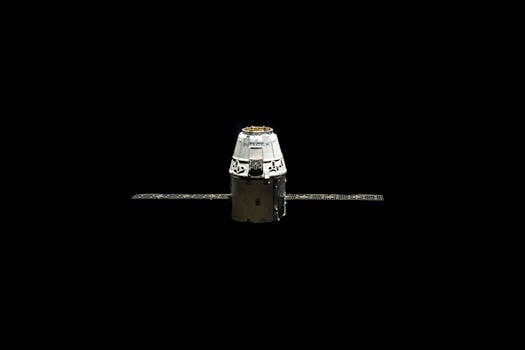Exploring the History of Satellite Development and Key Milestones in WordPress

Exploring the History of Satellite Development and Key Milestones in WordPress
Exploring the history of satellite development and key milestones is a fascinating story that spans several decades, starting with the launch of the first artificial satellite, Sputnik 1, in 1957. Since then, the field of satellite technology has undergone tremendous advancements, with significant improvements in design, functionality, and applications. In this article, we will delve into the history of satellite development and explore the key milestones that have shaped the industry into what it is today.
The concept of satellites dates back to the early 20th century, when scientists first proposed the idea of launching objects into space to gather data and conduct experiments. However, it wasn’t until the 1950s that the first satellites were developed and launched into space. The Soviet Union’s Sputnik 1, launched on October 4, 1957, was the first artificial satellite to orbit the Earth, marking the beginning of the space age. The United States responded with the launch of Explorer 1, designed by NASA’s Jet Propulsion Laboratory, on January 31, 1958.
The Early Years of Satellite Development
The early years of satellite development were marked by intense competition between the Soviet Union and the United States, with both countries vying for supremacy in space exploration. The Soviet Union launched a series of successful satellites, including Sputnik 2, which carried the first living creature, Laika, into space. The United States responded with the launch of Project Mercury, which aimed to send the first American astronaut into space. On May 5, 1961, NASA’s Alan Shepard became the first American in space, aboard the Freedom 7 spacecraft.
The 1960s saw significant advancements in satellite technology, with the development of more sophisticated satellites that could conduct a range of experiments and gather data on the Earth’s environment. The Soviet Union’s Vostok 1, launched on April 12, 1961, carried the first human, Yuri Gagarin, into space, marking a major milestone in space exploration. The United States followed suit with the launch of the first American satellite, Telstar 1, on July 10, 1962, which enabled the first transatlantic television transmission.
Advances in Satellite Technology
The 1970s and 1980s saw significant advances in satellite technology, with the development of more sophisticated satellites that could conduct a range of experiments and gather data on the Earth’s environment. The launch of the first geostationary satellite, Syncom 2, on July 26, 1963, marked a major milestone in satellite technology, enabling the transmission of data and communications signals over long distances. The development of satellite remote sensing, which enabled the collection of data on the Earth’s surface, marked another significant milestone in the field of satellite technology.
The 1990s and 2000s saw the launch of a new generation of satellites, with advanced capabilities and applications. The launch of the first GPS satellite, NavStar 1, on February 22, 1978, marked the beginning of a new era in satellite navigation, enabling precise location and timing signals to be transmitted to users around the world. The development of satellite-based internet connectivity, which enabled the transmission of data and communications signals over long distances, marked another significant milestone in the field of satellite technology.
Modern Satellite Technology
Today, satellite technology plays a vital role in our daily lives, with applications in fields such as communications, navigation, weather forecasting, and remote sensing. The launch of advanced satellites, such as the Hubble Space Telescope, on April 24, 1990, has enabled scientists to gather data and conduct experiments on the Earth’s environment and the universe. The development of satellite-based broadband internet, which enables fast and reliable connectivity, has marked another significant milestone in the field of satellite technology.
In conclusion, the history of satellite development and key milestones is a fascinating story that spans several decades. From the launch of the first artificial satellite, Sputnik 1, to the current era of advanced satellite technology, we have explored the key milestones that have shaped the industry into what it is today. As satellite technology continues to evolve and improve, we can expect to see new and innovative applications in fields such as communications, navigation, and remote sensing.



